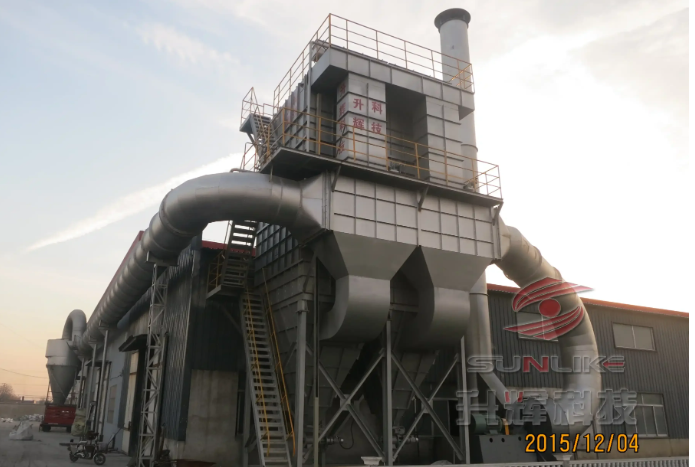The ocean, covering over 70% of our planet's surface, is often regarded as a vast, unexplored frontier. While we are familiar with its biological diversity and ecological significance, the mineral wealth hidden beneath its waves remains largely untapped and underappreciated. This article delves into the rare minerals found in the ocean, their formation, extraction challenges, and potential applications, shedding light on why they are crucial for our future.
Understanding Rare Minerals in the Ocean
Rare minerals, often referred to as rare earth elements (REEs), are a group of 17 chemically similar elements that are critical for modern technology. While these minerals are not necessarily rare in abundance, their extraction and processing are complex and costly. In the context of the ocean, several unique mineral deposits have garnered attention due to their potential economic and technological value.
- Polymetallic Nodules
One of the most intriguing sources of rare minerals in the ocean is polymetallic nodules. These potato-sized lumps, found on the ocean floor, are composed of manganese, nickel, copper, and cobalt. They form over millions of years through the precipitation of minerals from seawater and are typically found in the deep-sea regions of the Pacific and Indian Oceans.
Extraction Challenges: The extraction of polymetallic nodules poses significant environmental concerns. Deep-sea mining can disrupt delicate ecosystems, and the long-term impacts of such activities are still not fully understood. As a result, there is an ongoing debate about the balance between resource extraction and environmental conservation.
- Seafloor Massive Sulfides (SMS)
Seafloor massive sulfides are another promising source of rare minerals. Formed at hydrothermal vents, these deposits are rich in copper, gold, silver, and zinc. The unique geological processes at these vents create a rich environment for mineral formation, often leading to high concentrations of valuable metals.
Potential Applications: The metals extracted from SMS can be used in various industries, including electronics, renewable energy technologies, and construction. For instance, copper is essential for electrical wiring, while gold and silver are critical for high-performance electronics.
- Cobalt-Rich Ferromanganese Crusts
Cobalt-rich ferromanganese crusts are found on the flanks of seamounts and ocean ridges. These crusts are rich in cobalt, nickel, and rare earth elements, making them a valuable resource for industries reliant on these materials, such as battery production and electronics.
Environmental Considerations: Similar to polymetallic nodules, the extraction of ferromanganese crusts raises environmental concerns. The disruption of seafloor habitats and the potential release of toxic substances during mining operations are significant issues that need to be addressed.
The Economic and Technological Importance of Oceanic Rare Minerals
The demand for rare minerals is surging, driven by advancements in technology and the transition to renewable energy sources. For instance, rare earth elements are crucial for the production of high-performance magnets used in wind turbines and electric vehicles. As countries strive to reduce their carbon footprints, the need for these minerals will only increase.
- Supply Chain Vulnerabilities
Currently, the majority of rare earth elements are sourced from a limited number of countries, particularly China. This concentration creates vulnerabilities in the supply chain, prompting nations to explore alternative sources, including oceanic deposits. The ocean's vast mineral resources could play a pivotal role in diversifying supply chains and ensuring a stable supply of critical materials.
- Technological Innovations in Extraction
Advancements in technology are paving the way for more sustainable and efficient extraction methods. Innovations such as remotely operated vehicles (ROVs) and autonomous underwater vehicles (AUVs) are enhancing our ability to explore and assess mineral deposits while minimizing environmental impact. Additionally, research into biotechnological methods for mineral extraction is gaining traction, offering a more eco-friendly approach to resource recovery.
Conclusion: A Call for Responsible Exploration
As we stand on the brink of a new era in mineral exploration, it is crucial to approach the extraction of rare minerals from the ocean with caution and responsibility. The potential benefits are immense, but so are the risks to fragile marine ecosystems. Collaborative efforts between governments, industries, and environmental organizations are essential to develop sustainable practices that balance economic interests with environmental stewardship.



+ There are no comments
Add yours